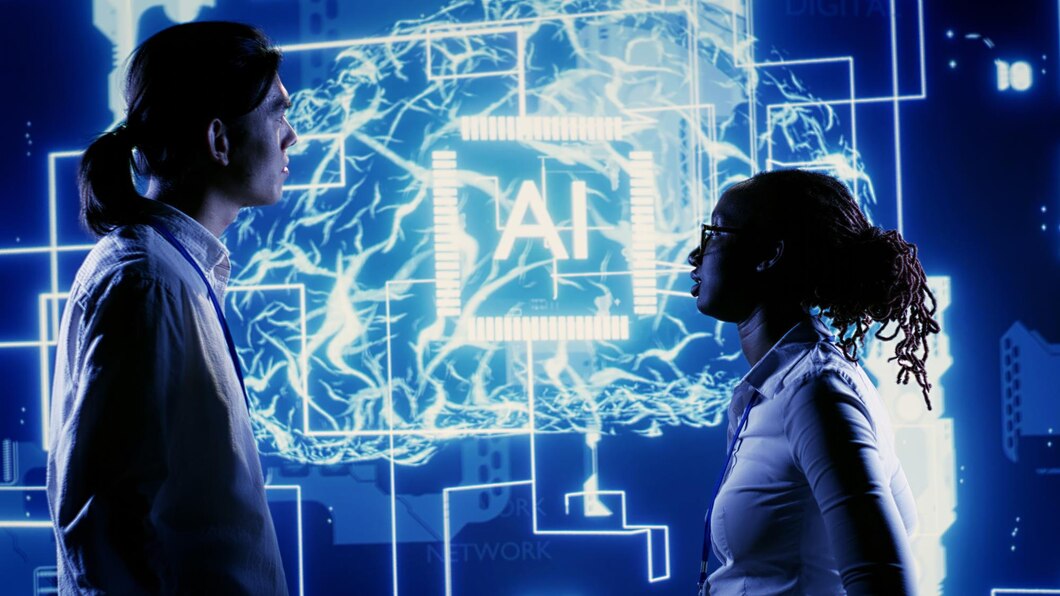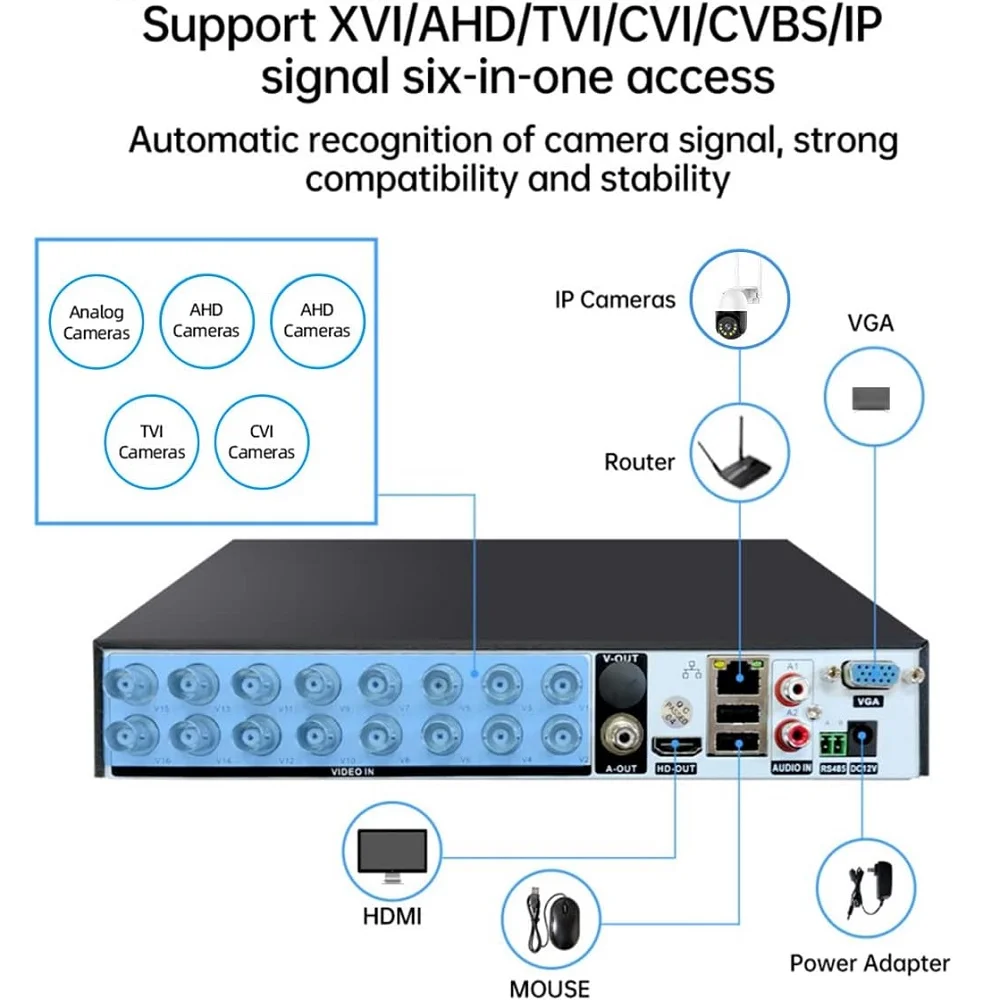Artificial intelligence is evolving at an unprecedented pace, and AI image generators, such as ai art generator tools, are at the forefront of this innovation. These technologies have already transformed various industries and are poised for further advancements. This article explores the expected developments in AI image generators and how they might shape future interactions with digital content.
Greater Realism and Detail
AI image generators are expected to produce images with even greater realism and detail as technology advances. The next generation of AI tools will likely be able to create images indistinguishable from photographs taken by cameras. This will profoundly impact fields such as virtual reality, video games, and film production, where highly realistic images are essential for creating immersive experiences.
These improvements will benefit scientific fields such as medical imaging, where enhanced detail can help diagnose diseases more accurately and plan treatments more effectively.
Enhanced Customization Capabilities
Future AI image generators will offer unprecedented customization, allowing users to tweak and modify images to their exact specifications with minimal effort. This will be particularly useful for fashion and interior design industries, where personalized visuals can significantly influence customer decisions.
This capability will extend to advertising and marketing, where companies can create customized ad imagery that resonates more deeply with diverse consumer groups. The ability to rapidly produce tailored images will help brands stay relevant and engage with their audiences more effectively.
Adobe Firefly states, “AI art generators let anyone who can enter text make original images. No matter your skill level with sketching, painting, or drawing, you can type a prompt to create an AI-generated image.”
Integration with Augmented Reality
Augmented reality (AR) is set to become more integrated with AI image generation, enhancing users’ interactions with the real world through their devices. Future developments might allow AI image generators to create dynamic visuals that can be superimposed onto the physical environment in real-time. This could revolutionize industries such as retail, where shoppers could see how furniture or clothing items would look in their homes before making a purchase.
AR combined with AI could significantly enhance educational and training programs by providing students and professionals with more interactive and engaging learning materials that adapt to their learning pace and style.
Improved Accessibility
AI image generators will continue to become more accessible to non-professionals thanks to user-friendly interfaces and more affordable software solutions. This democratization will enable small businesses and individual creators to produce high-quality visuals without expensive equipment or specialized skills.
As these tools become more prevalent, they will play a significant role in making content creation more inclusive, allowing people from different backgrounds to express their ideas and stories visually without technical barriers.
Ethical and Responsible Development
As AI technology grows, so does the need for ethical guidelines and responsible development to address issues such as copyright, privacy, and the potential misuse of generated images. Future advancements in AI image generation will likely include enhanced security features and ethical guidelines that help prevent misuse while promoting creativity and innovation.
Developers and regulators will work together to ensure that AI image generators are used in ways that respect intellectual property rights and ensure fair use, particularly in creative industries where the distinction between AI-generated and human-created content is crucial.
The future of AI image generators holds exciting possibilities for virtually every sector of society. From creating more realistic and immersive visual experiences to enhancing accessibility and ensuring ethical use, these advancements promise to further integrate AI into one’s daily life, making the digital world even more interactive and engaging. As one looks forward to these developments, fostering a landscape where innovation is balanced with responsibility and inclusivity is essential.





Be First to Comment